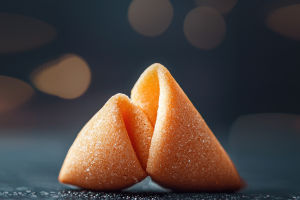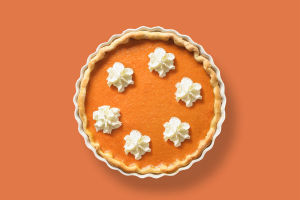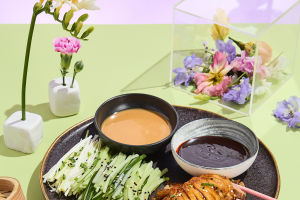Welcome Lykkers! Ladyfinger biscuits, also known as savoiardi in Italian, are light, sweet sponge biscuits shaped like elongated fingers.
Renowned for their airy texture and subtle flavor, they have become an essential ingredient in iconic desserts like tiramisu and trifles.
A Brief History
The origins of ladyfinger biscuits trace back to the late 15th century in the region of Savoy, now part of modern-day France and Italy. They were created to contribute the visit of the French King during the Renaissance period. Known as savoiardi, they quickly gained popularity and became a staple in European royal courts. Over the centuries, they spread across the globe, becoming a cherished treat in both professional and home kitchens.
Characteristics of Ladyfinger Biscuits
Ladyfingers are known for their distinctive shape—long, narrow, and slightly rounded at the edges. They have a light and airy texture, achieved through the careful folding of whipped egg whites into the batter.
When baked, the biscuits develop a delicate, golden crust with a soft interior. Their subtle sweetness and mild flavor make them the perfect canvas for pairing with rich creams, coffee, or drinks.
Ingredients and Preparation
Traditional ladyfinger biscuits are made with just a few simple ingredients:
Eggs: Whipped separately to create a fluffy and light batter.
Sugar: Adds sweetness and helps form the golden crust.
Flour: Provides structure while keeping the biscuits tender.
Vanilla: Enhances the flavor with a hint of aroma.
To prepare, the batter is piped into finger-like shapes and baked until slightly crisp. A light dusting of powdered sugar is often added before baking to create a delicate sheen and enhance the texture.
Versatility in Desserts
Ladyfinger biscuits are incredibly versatile and play a starring role in numerous desserts. Some of the most popular uses include:
1. Tiramisu: Perhaps the most famous dish featuring ladyfingers, this Italian dessert layers the biscuits with mascarpone cheese, espresso, and cocoa powder. The biscuits absorb the coffee, creating a rich, velvety texture.
2. Trifles: In British and American cuisines, ladyfingers are layered with custard, fruits, jelly, and whipped cream to make decadent trifles.
3. Charlotte Cake: A classic French dessert where ladyfingers line the mold and are filled with a creamy mousse or fruit mixture.
4. Parfaits: Crumbled ladyfingers add texture to layered parfaits with yogurt, cream, and fruits.
5. Ice Cream Sandwiches: A creative twist involves using ladyfingers as a base for frozen desserts.
A Treat on Their Own
While ladyfingers are often used as a base ingredient, they are equally delightful on their own. Their light and crisp texture make them a perfect accompaniment to coffee, tea, or hot chocolate. They are especially popular as a snack for children due to their mild flavor and easy-to-hold shape.
Store-Bought vs. Homemade
Ladyfingers are widely available in stores, but homemade versions are prized for their freshness and superior taste. Baking them at home allows for customization in sweetness and texture, catering to specific dessert requirements.
Tips for Using Ladyfingers
Absorption: Ladyfingers readily absorb liquids, making them ideal for layered desserts. However, over-soaking can lead to a soggy texture, so a quick dip in coffee or syrup is sufficient.
Storage: Store-bought ladyfingers have a long shelf life, but homemade ones should be consumed within a few days or stored in an airtight container to maintain freshness.
Pairings: Experiment with different flavors like citrus zest, cinnamon, or cocoa for unique variations.
Cultural Significance
Ladyfinger biscuits are not just a culinary delight but also a symbol of tradition and celebration. From Italian weddings to British tea parties, these biscuits have been part of cherished moments across cultures for centuries.
Ladyfinger biscuits embody elegance and versatility, making them a beloved treat in kitchens worldwide. Whether enjoyed plain, paired with coffee, or layered into a decadent dessert, these airy biscuits bring a touch of sophistication to every bite. Their enduring popularity is a testament to their timeless appeal and the joy they bring to countless recipes and occasions.


